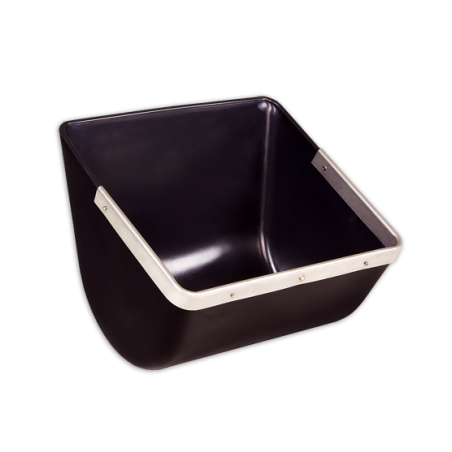The physiology during late gestation and the transition period to lactation changes dramatically in the sow, especially during the latter period. Understanding the physiological processes and how they change dynamically as the sow approaches farrowing, nest building, giving birth to piglets, and producing colostrum is important because these processes greatly affect sow productivity.
Glucose originating from assimilated starch accounts for the majority of dietary energy, and around farrowing, various organs and peripheral tissues compete for plasma glucose, which may become depleted. Indeed, physical activity increases shortly prior to farrowing, leading to glucose use by muscles. Approximately 0.5 to 1 day later, glucose is also needed for uterine contractions to expel the piglets and for the mammary gland to produce lactose and fat for colostrum. At farrowing, the sow appears to prioritize glucose to the mammary gland above the uterus, whereby insufficient dietary energy may compromise the farrowing process. At this time, energy metabolism in the uterus shifts dramatically from relying mainly on the oxidation of glucogenic energy substrates (primarily glucose) to ketogenic energy supplied from triglycerides.

The rapid growth of mammary tissue occurs in the last third of gestation, and it accelerates as the sow approaches farrowing. In the last 1 to 2 weeks prepartum, some fat may be produced in the mammary glands and stored to be secreted in either colostrum or transient milk. During the first 6 hours after the onset of farrowing, the uptake of glucose and lactate by the mammary glands roughly doubles. Lactate is supplying approximately 15% of the glucogenic carbon taken up by the mammary glands and originates from the strong uterine contractions. Thereafter, the mammary uptake of glucose and lactate declines, which suggests that the amount of colostrum secreted starts to decrease at that time.
Optimal nutrition of sows during late gestation and the transition period should focus on mammary development, farrowing performance, and colostrum production. The birth weight of piglets seems to be only slightly responsive to maternal nutrition in gilts; on the other hand, sows will counterbalance insufficient feed or nutrient intake by increasing mobilization of their body reserves. Ensuring sufficient energy to sows around farrowing is crucial and may be achieved via adequate feed supply, at least three daily meals, high dietary fiber content, and extra supplementation of energy.
Theil PK, Farmer C, Feyera T. Review: Physiology and nutrition of late gestating and transition sows. Journal of Animal Science. 2022; 100(6): skac176. https://doi.org/10.1093/jas/skac176




